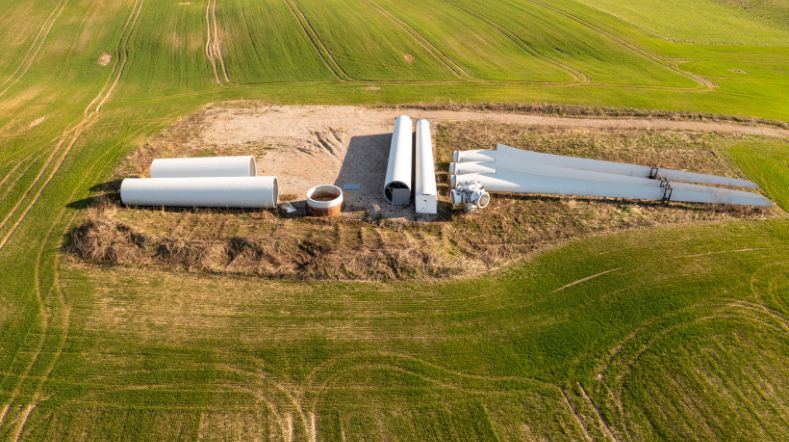
How large offshore wind farms produce optimal energy
With the huge increase in the number and size of wind farms in the North Sea, optimising the performance of wind turbines is becoming increasingly complex. The higher the turbines and the longer the blades, the more wind they can harness. However, the turbines also influence each other. TNO is researching how the turbines in a wind farm should operate in relation to each other in order to derive maximum benefit from the wind currents.
Vortex effect
This is what is known in the jargon as ‘vortex effects’: as with an aeroplane, behind each wind turbine certain, often very irregular, wind currents are formed. By measuring and mapping these accurately, the ideal operating mode can be determined for each turbine. Researchers from TNO have developed a method to calculate these effects. This creates a precise picture of all air movements throughout the entire field.
Maximum yield
Normally, in wind farms, the turbines are positioned as best as possible into the wind. It is clear, however, that a turbine in the disturbed airflow behind another turbine not only collects less wind, but is also subjected to heavier loads, which causes components to wear out more quickly. Therefore it doesn't always make sense to aim for maximum energy production per turbine. TNO has developed an approach in which some turbines are operated sub-optimally, but with all turbines operating together, the yield of the entire farm is maximised. This results in a higher yield than when targeting the individual turbines.
Most favourable wind currents
This patented method is called Active Wake Control (AWC). The turbines at the front of the wind farm are configured so that the wind speed in their wake is higher, allowing the turbines behind them to perform more efficiently. This can be done by, for example, positioning the rotors at a slightly different angle in order to achieve the most favourable wind currents throughout the farm. Using the AWC method, the total energy production from the wind farms can be increased, the lifespan extended and costs reduced. TNO has investigated the effects of AWC on both the performance and load of the wind turbines. In both situations, this is about a few percent profit, which is nevertheless operationally significant.
More profit, less loss
AWC was recently tested in a large project with partner Siemens Gamesa Renewable Energy (SGRE). This project demonstrated that the use of AWC could reduce wake losses. The result was a one per cent increase in production. All wind turbines are fully automatically monitored and controlled by responding to the constantly changing wind conditions, thereby continuously optimising the wind farm's output.
Get inspired
Improving wind turbine maintenance with the sensor installation robot
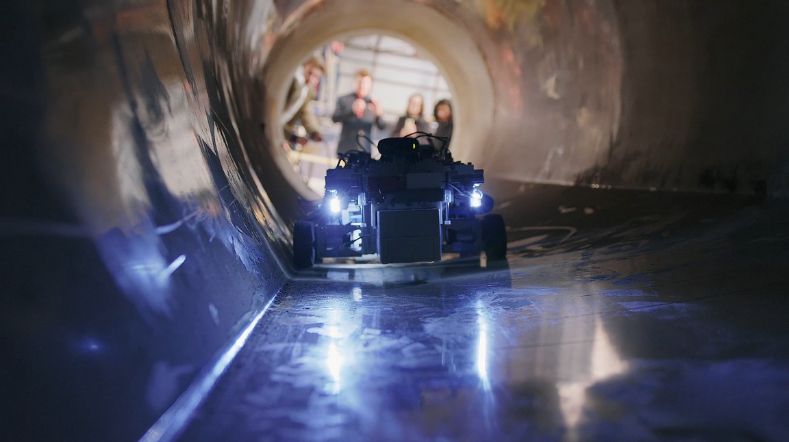

Project launched for recycling wind turbine blades
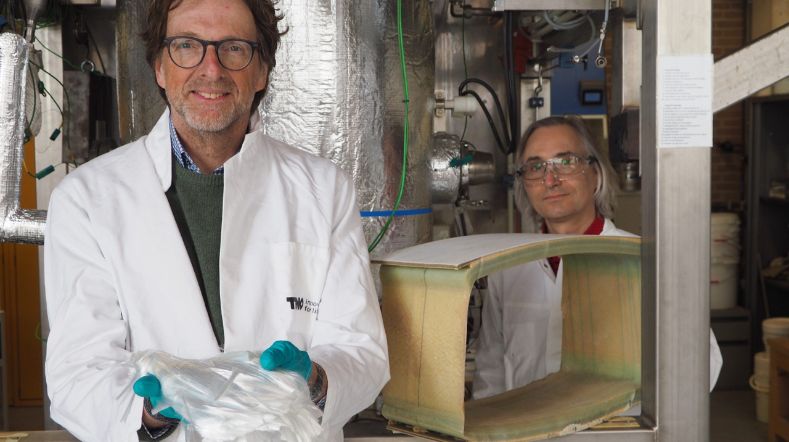

TNO research leads to better damage prediction for offshore wind turbine blades
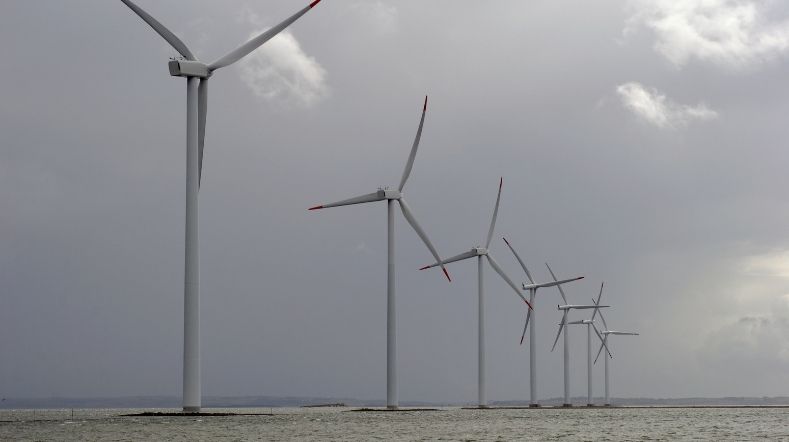

Better damage prediction for wind turbine blades through unique weather measurements at sea
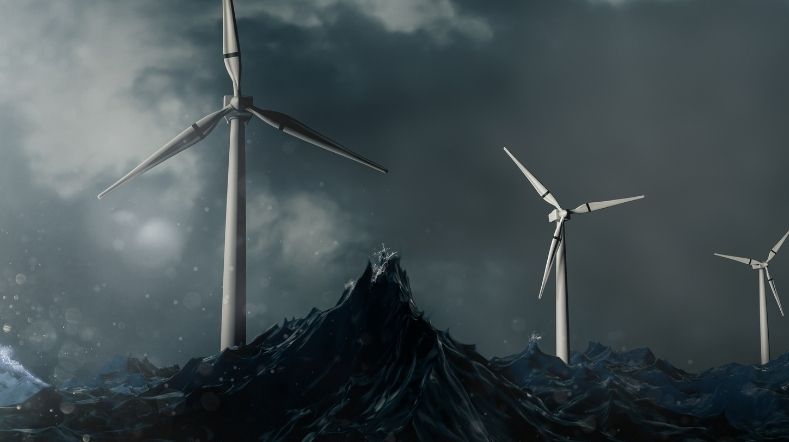

First study on public perception of wind turbine circularity
